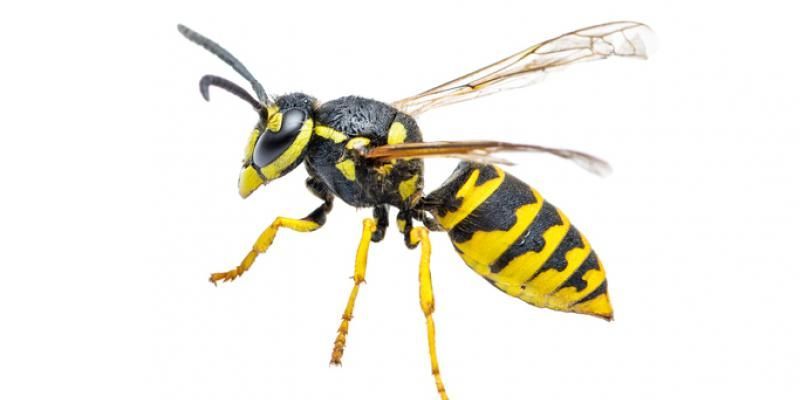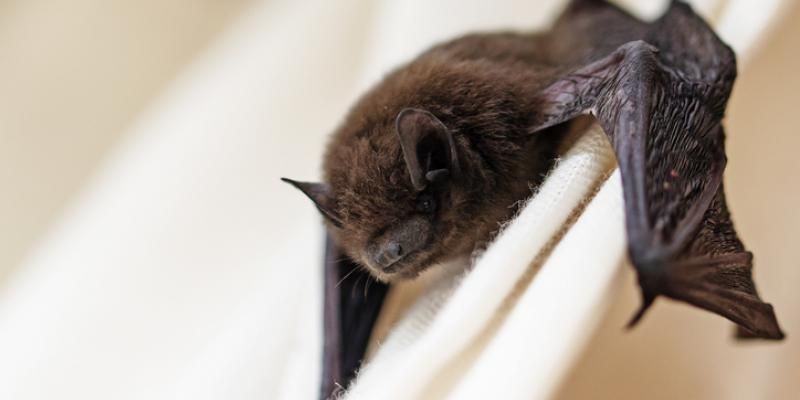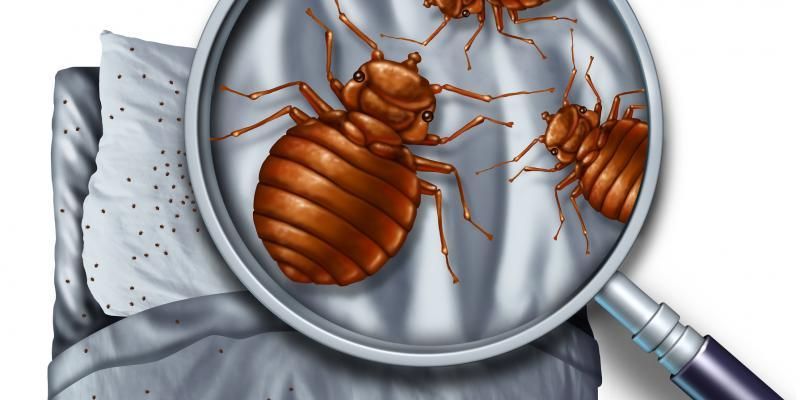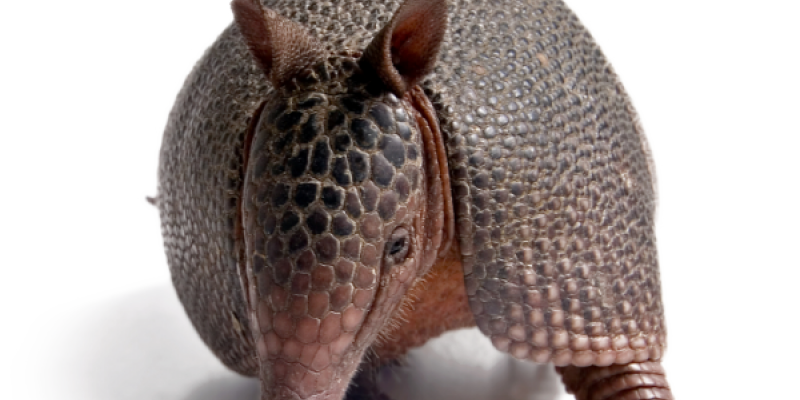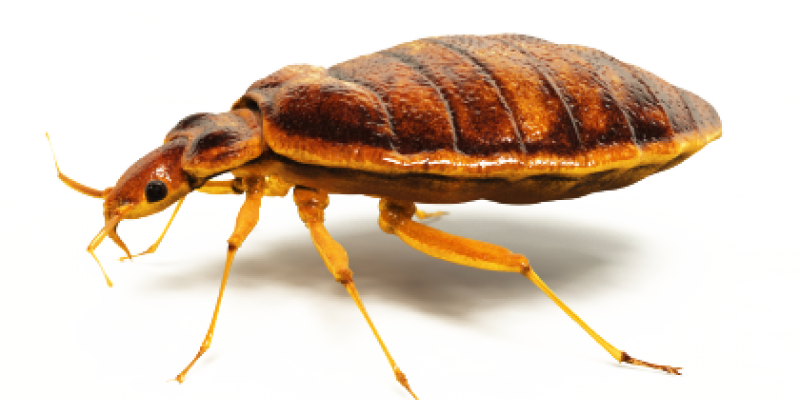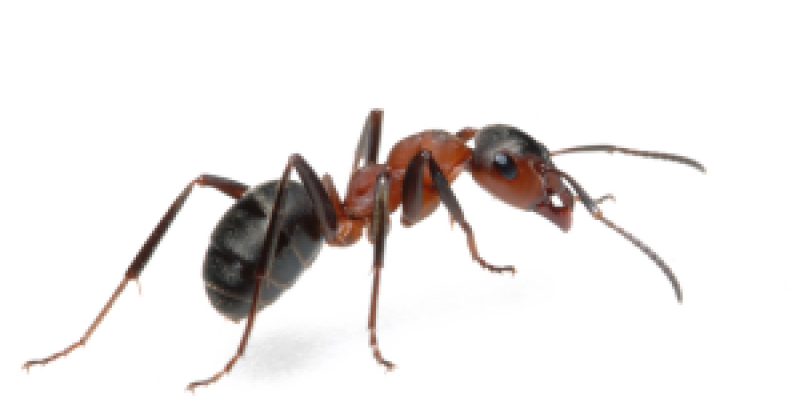TICKS
TICKS
PHYSICAL CHARACTERISTICS
Ticks are blood-sucking parasites of mammals, birds, and reptiles and are related to mites. The most common tick to our area is the American Dog Tick. They lay 4000 to 6500 eggs usually in June or July which then take 36 to 57 days to hatch. They have eight legs like the spider and are most common in spring and late summer.
They are found commonly in transitional areas between woods and meadows or mown and unmown grasses. They have a complete life cycle, usually, mate on the host animal and the hard tick male dies after mating with a female. Eggs are usually laid in cracks or crevices.
FEEDING HABITS
Larvae and nymphs feed on small rodents and even lizards. Adults seek larger mammalian hosts such as humans, sheep, cattle, dogs, cats, etc. The larva is capable of laying in wait for up to 8 months without feeding, while adults can go 1/2 to 1 year without food.
Blood is their main meal and both males and females feed only on the blood of vertebrates. Ticks can be classified by their feeding requirements. There are single host ticks, two host ticks, three host ticks, and multi-host ticks.
DISEASE FACTORS
Ticks surpass all of the Arthropods in the number and variety of diseases which they transmit to domestic animals. And only mosquitoes transmit more diseases to humans. Some of the diseases carried by ticks include Colorado Tick Fever, Rocky Mountain Spotted Fever, Lyme Disease, Powassan encephalitis, Relapsing Fever, Endemic Typhus, and many others. Ticks are also transmitters of a disease called tick paralysis. A toxin from the ovaries of the tick is transmitted to the victim as long as the tick is engorging. Symptoms include a progressive paralysis from the legs upward and can result in death for humans if the tick is not discovered and removed.
Contact 24/7 Local Pest Control to learn more.

